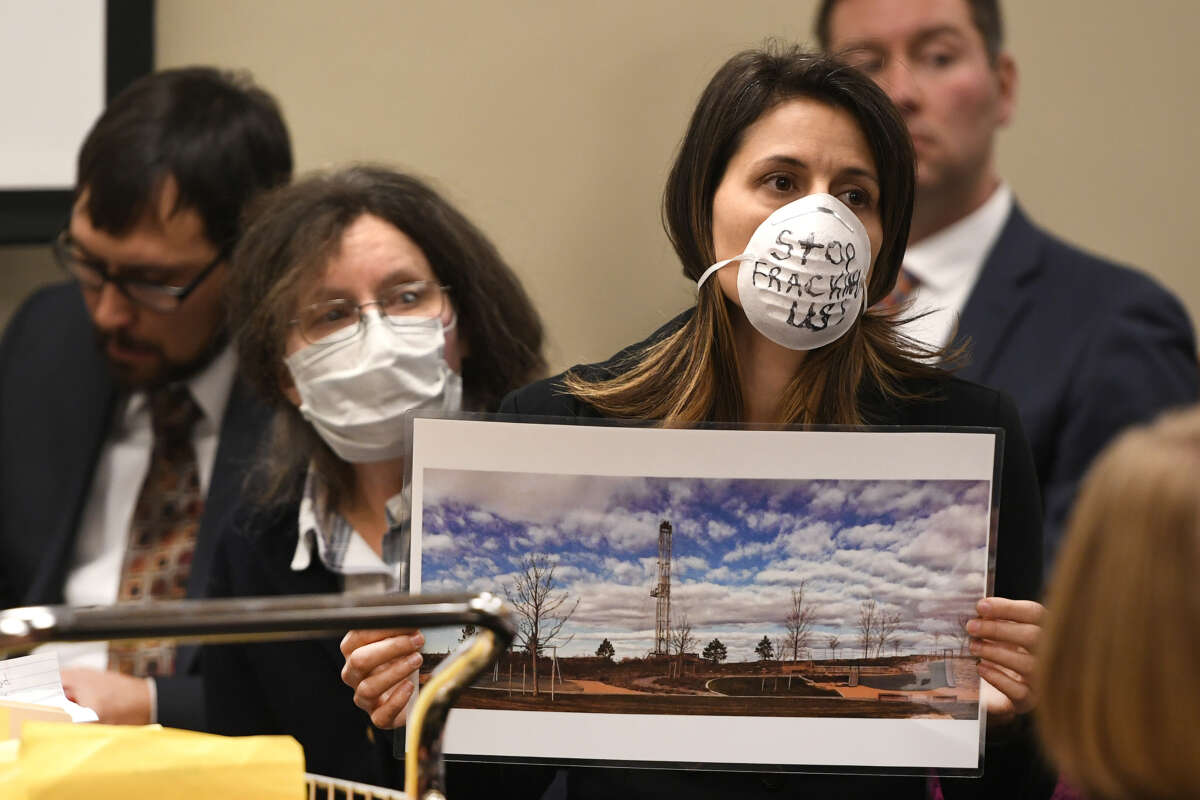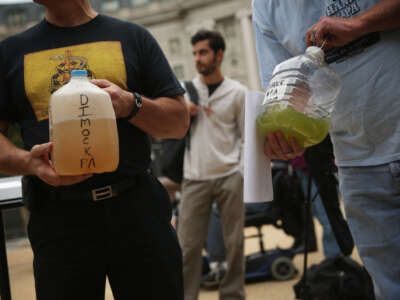Dr Albert W Noll: The Fairy, the Fire Fiend and the Fiddle

The author came across Dr Albert W Noll while researching the recent publication COON: more holes than swiss cheese. The young Boston dentist enjoyed notoriety for his appearances on the Boston stage during the 1890s. He usually performed in drag, either as a white woman or in blackface as a ‘mammy’ caricature.
Born into Boston society, Noll graduated as a dentist in 1895. Apparently content to work extracting teeth, Dr Noll claimed that he never considered a professional stage career. However, the young dentist’s musical compositions proved popular. Sheet music sales provided him with substantial extra income. He also performed on stage in a semi-professional capacity.
Nero, or the Fairy, the Fire Fiend, and the Fiddle
In 1896, Dr Albert W Noll enjoyed acclaim for a grand operatic burlesque loosely based on the story of Nero fiddling while Rome burned. He wrote Nero, or the Fairy… to showcase his own particular talent. Previous to this production, he specialised in ‘skirt, ballet and other dances’ in minstrel shows — blackface drag. Nero, or the Fairy… was his theatrical debut or ‘coming out’ as a white woman.
Veteran local thespian F W Bailey played the title role of Nero. However, Noll as the female lead was the real star. The Boston Globe described him as ‘the gay soubrette who toys with Nero’s affections’.
That newspaper’s coverage of Noll and his friends was always notably sympatico. It seems the writer moved in the same circles and shared similar interests. (Hint, hint. Wink, wink. Nudge, nudge. Say no more.) The Globe journalist even appears to have indulged in a little ‘between friends’ bitchiness. Although production notes name Noll’s character as Actæa, the Globe referred to her as Acne.
“The star, Acne, enacted by Dr Noll, is flirting with Nero, but really her affections are centred on Tenoris.”
Ouch! Bad skin and a floozy!

Somewhat gay in disposition
The Boston Globe described Nero, as portrayed by F W Bailey, as ‘somewhat gay in disposition’. Judging by the production sketches, Fred Bailey indeed looked somewhat gay in disposition. His short toga featured a starched collar and ruff adorned by a bowtie. A tophat and splendidly waxed walrus moustache completed the bizarre get-up. A piano shop manager by day, Fred couldn’t have looked gayer in disposition if he’d hoiked up his toga and allowed all 15 of his Praetorian Guards to tickle his ivories.
Nero, in addition to his day job as emperor, also owns a dry goods emporium. Somewhat financially constrained, he sets Rome ablaze after first taking out heavy insurance on his store. The burning of Rome climaxed the second act. The spectacle much-impressed reviewers with the appearance of conflagration achieved by stage lighting and billowing red fabric.
Consisting of three acts, the opera took place over a like number of hours. It was a grand all-male affair. Aside from the 15 lead actors, 8 men joined Albert Noll in the corps de ballet — bewigged, rouged, en pointe and in tutus. Another 51 played minor male roles and 20 more frocked up to play Roman ladies. A 12 piece orchestra provided the music with 45 choristers and 16 boys from St John’s Church choir.
A Drag Party
“The house was filled with the cream of society,” boasted the Boston Globe.
“A drag party of 20 came up from Winthrop. Dr Noll was very much in evidence… When [he] stepped upon the stage, he received a warm ovation from the house of his friends.”
(At the time, the phrase ‘drag party’ meant two different things. From the 1880s, American newspapers referred to illegal gatherings of male cross-dressers raided by the police as ‘drag parties’. However, ‘drag’ also described a large carriage drawn by a team of horses. Groups of friends wanting to travel together to an event sometimes hired a horse-drawn coach or ‘omnibus’. They dressed up in their most ostentatious race day finery and partied en route to their destination. That form of ‘drag party’ was named for the style of conveyance. Think of it as an 1890s version of hiring a stretch limo to get pissed with friends on the way to a concert.)
“As the curtain fell, there were loud calls of ‘Noll, Noll’, and the doctor appeared before the curtain to bow his acknowledgements. He was presented with a large floral wreath and a basket of flowers.”
Albert W Noll’s theatrical career
Following his operatic triumph, Noll appeared onstage less often. He focussed on writing racist songs for blackface performers.
His most successful composition was the lullaby ‘Doan Ye Cry Ma Honey’. Although Noll claimed authorship and collected the royalties, the song’s description as a ‘darky song’ probably means he simply adapted the lyrics from a traditional slave lullaby.
At the time, white composers frequently appropriated traditional African American songs. They rewrote the lyrics in an exaggerated and demeaning ‘black dialect’ for white performers to sing in blackface. Known as ‘coon songs’, the compositions firmly established the slur ‘coon’ in the American vernacular. Picked up in Australia during visits by blackface minstrel shows, the epithet also became common in this country. By the 1920s, ‘coon’ was in everyday use against all People of Colour in Australia, including Asians and First Nations people.
Kraft Cheese Radio Hour
In 1930, Australia’s Kraft-Walker Cheese Company produced the Kraft Cheese Radio Hour to promote its foodstuffs. The show featured the Kraft Orchestra and the Kraft Revellers, a white male quartet who specialised in ‘negro spirituals’ and ‘coon songs’.
Noll’s ‘Doan Ye Cry Ma Honey’ was one of their selections. Given Noll’s history as a ‘skirt dancer’ in minstrel shows, he likely composed the song to sing himself — dressed as a ‘mammy’ — a standard minstrel character.

Queen of the ballet
It appears Albert W Noll gave his last stage performance in 1898. He helped the young women of the East Boston Athletic Association to organise a ‘negro minstrel show’. The young society dames blacked up with burnt cork and sang ‘negro’ songs. Noll wrote a new ‘negro’ ditty, especially for the occasion. However, it seems Albert Noll missed the spotlight. Unable to resist the opportunity to frock up, he arranged a surprise.
With no warning to the performers, nine unknown dancers suddenly took over the stage. Contrary to the advertised program, these women were not in blackface. They wore white dresses with ‘delicate green and pink skirts’.
According to the newspapers, it took a while for the penny to drop.
It was Albert and some of his friends. Albert had again convinced some talented mates to dress in drag and put on a show.
“Dr Noll was Queen of the ballet…
“The boys were all old hands at the business, and carried the thing through very cleverly.”
It seems that was the last occasion on which Albert took to the stage in drag.
In 1902, the star of a Boston theatre production sang a ‘dainty coon serenade’ composed by Noll. However, a newspaper reported that the composer was absent, ‘studying overseas’.
Whether Albert tired of performance or a scandal caused him to take a lower profile is not known. However, in the following two decades, he only made the papers for directing the occasional church benefit. He also stopped writing ‘coon songs’.
Dr Albert W Noll gives up dentistry
But, yanking out rotting molars no doubt loses its appeal over time. In the early 1920s, despite previous protestations, Dr Albert W Noll put down his dental appliances and began a fulltime career in music. He moved to New York and became musical director of the famed Carnegie Hall. He also organised ‘glee’ clubs at local YMCAs for young men who enjoyed singing together.
You can stay there, and I’m sure you will find
Many ways to have a good time.
(Of course, Noll did not write the song ‘YMCA’. Victor Willis of the Village People did. And ‘YMCA’ is not about illicit gay sex. Definitely not! Victor Willis said it is not. And he also said he would sue the next media organisation to say it was. No. That song is purely about going to a place where you can hang out with all the boys and do whoever whatever you feel.)
Noll’s sudden departure from the world of blackface minstrel music still causes some mystery among admirers of the genre. Fans of ‘Doan Ye Cry Ma Honey’ argue over whether the lullaby can be definitively classified as racist because the author’s race is unknown.
We can clear that up. Dr Albert W Noll was white. The song was, and is, racist.
But was Albert racist?
More than two decades after he stopped performing in blackface and writing ‘coon’ songs, Dr Albert W Noll did something rather pleasantly surprising. In 1924, his boss at Carnegie Hall, Mrs Anne Wolter, accomplished what African American newspaper the New York Age described as her dream. She set up the National Ethiopian Art Theatre to provide training and employment for black American actors.
Dr Albert W Noll volunteered as director of music and choirmaster. No ‘coon songs’. Indeed, black newspapers offered plaudits for his contribution. He received a standing ovation at the first concert given by the students.
When this author first wrote about Dr Albert W Noll, it was with great disappointment. I liked the guy. He obviously loved life and lived it to the fullest — and as his authentic self. But he also exploited African American culture and cruelly mocked the very people he profited from with demeaning lyrics and degrading impersonations.
Therefore, it was a great joy to since discover that Dr Albert W Noll later redeemed himself by helping the very people he previously hurt.
Albert Noll realised he could do better.
And he did.

